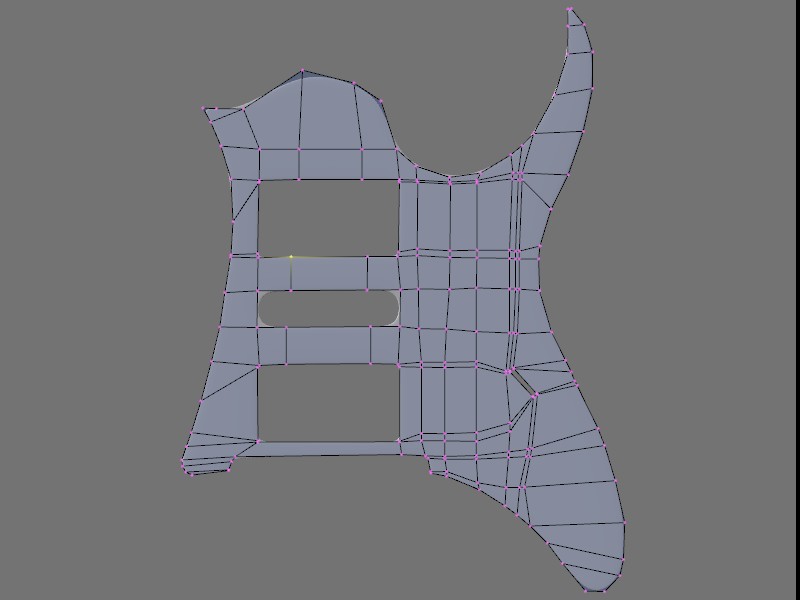About that stretch: I notice that you have 2 edge loops very close together at that point. Try deleting one of them, or if your mesh really requires them both, move them farther apart.
Sword flashes on blade impact: A small particle spray set to the Collision sensor should do it. (If this is for GE, if it’s a regular animation, you would need to start and stop the particle spray yourself.) It shouldn’t require too many particles, as your just going for a few sparks, right?
Edge split: Indeed, what does edge split do? I’ve seen on several threads that it’s important, but not what it does.
Copyright on a song: Whether or not you bought a song, the artist still owns copyright. Read the FBI warning at the beginning of movies for a pretty good idea of what you can’t do. (Without permission) For example, you can’t copy it and distribute it.
Animating textures: The IPO window has a material type. You can use that to set keyframes. (On color, scale, offset, and a lot of stuff.) Have the mouse over material buttons and press “i” to get keyframe options for it. The logic bricks have an IPO actuator, that you could presumably use to play given frames of your IPO. (The ones containing your material animation for example)
Weapon materials: Well, metal generally is reflective, so experimenting with RayMirror should eventually give you a good result (compare with real metal objects to get the right reflection) But hope that RayMirror can bake into a material if you’re using GE, because that takes forever to render, even assuming the GE can handle it. Or just wait for Blender 2.5 and figure out how GLSL does it.
I have attached a quick, dirty material animation that works through the GE. Press P to play and the box changes color.
IPO window and logic bricks are visible to show how it’s set up.
Attachments
AniMatTest.blend (128 KB)










